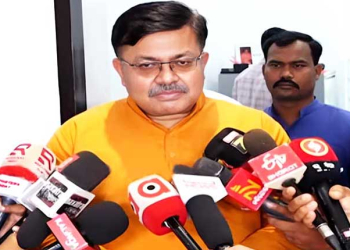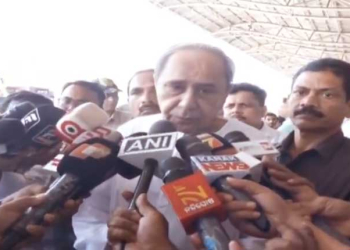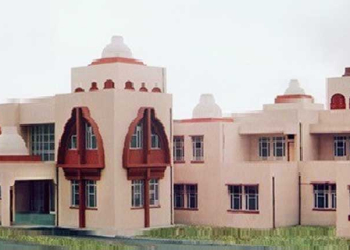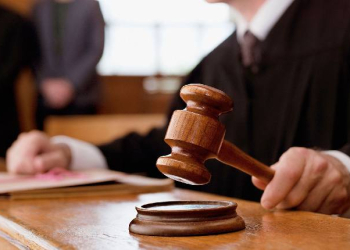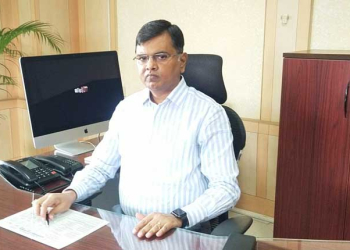Bhubaneswar: Odisha’s Capital Bhubaneswar is celebrating its 75th Foundation Day today. On April 13, 1948, the first Prime Minister of our country, Pandit Jawaharlal Nehru had laid the foundation stone of the City.
Renowned German architect Otto Koenigsberger prepared the city’s first master plan in 1948 for a population of 40,000. Since then, Bhubaneswar remains a model of modern architecture and city planning. In the Smart City proposal by Government of India, Bhubaneswar stood number one among the best cities of India with a score of 78.83 points.
The city has a history of over 3,000 years beginning from the Mahamegha-bahana Chedi dynasty (around 2nd century BC) with Sisupalgarh as its capital. Bhubaneswar derived its name from Tribhubaneswar, which means the Lord (Eeswar) of the Three Worlds (Tribhuvan), referring to Shiva.
On the occasion of the Capital Foundation Day, Lok Seva Bhawan, State Assembly, Commissionerate of Police office building and other landmark structures of the city are illuminated with decorative lights. As part of the city’s foundation day celebration, students of colleges in Bhubaneswar will take out a civilian parade in the morning followed by a cultural programme in the afternoon.
Bhubaneswar is also known as Toshali, Kalinga Nagari, Nagar Kalinga, Ekamra Kanan, Ekamra Kshetra and Mandira Malini Nagari. Bhubaneswar replaced Cuttack as the capital of the State in 1948, a year after India secured independence from Britishers. Planned initially for 40,000 population, Bhubaneswar city is now being inhabited by over 14 lakh people.




